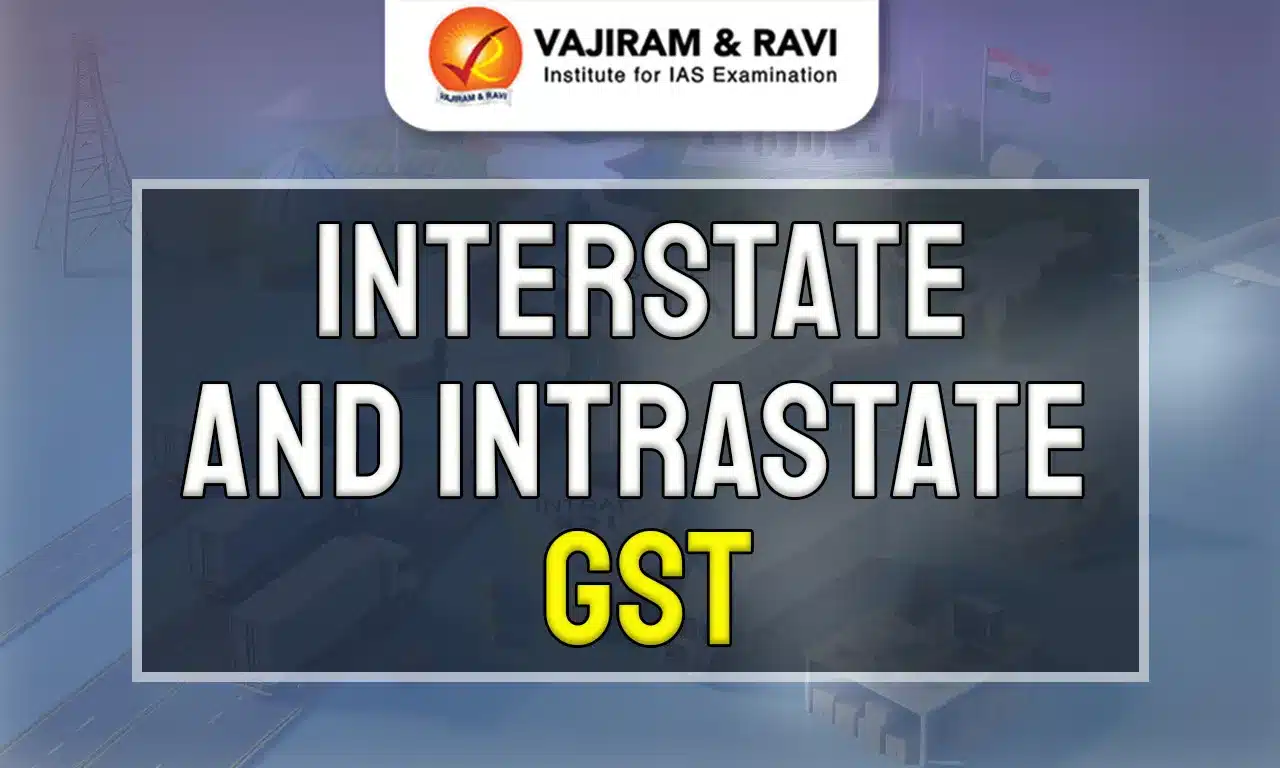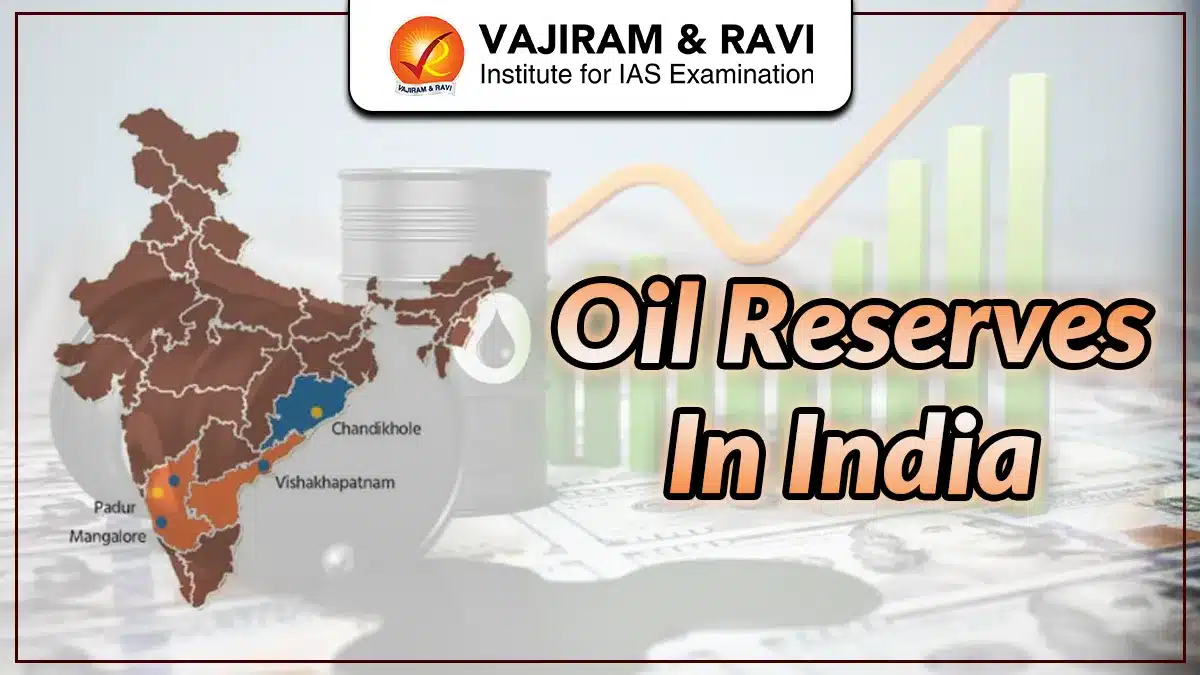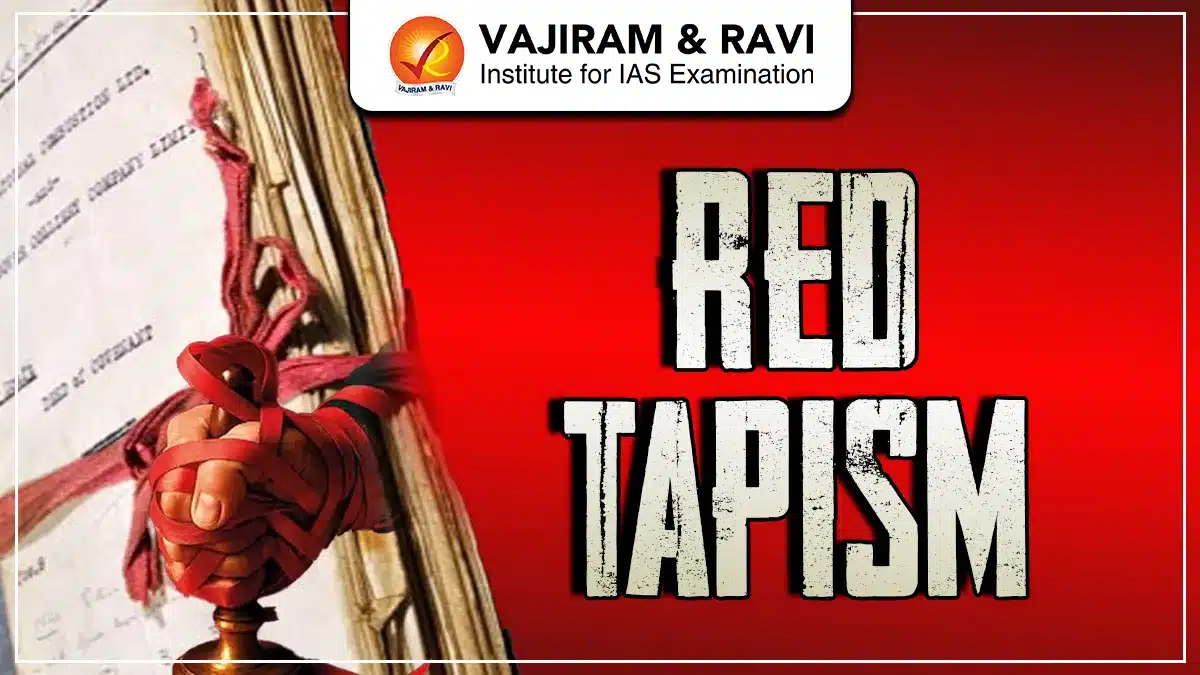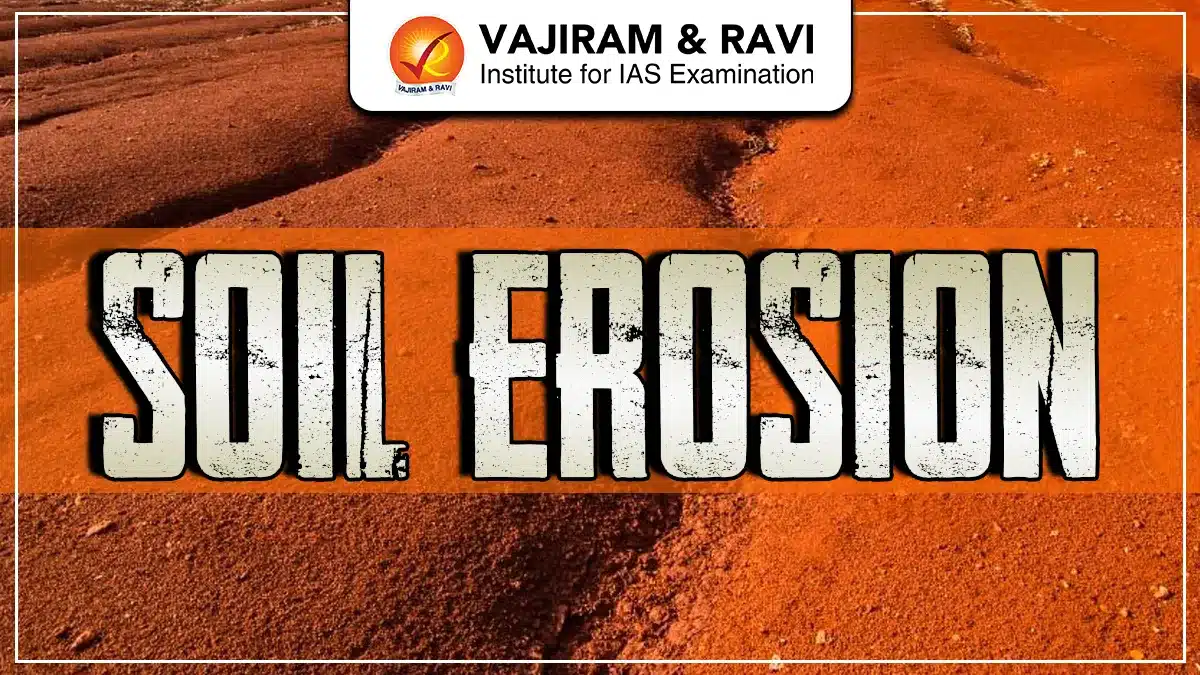Interstate and Intrastate GST both have an important role in the Indian Economy especially for the MSME Sector. The MSME sector companies that are planning to operate in multiple states, this distinction between the interstate and intrastate GST can help them understand the impact of tax rates and the compliance procedure. In this article, we are going to cover the difference in between Interstate and Intrastate GST.
Interstate Supply GST
Interstate GST Supply means the transactions that take place in between two different states or Union Territories. These GST transactions can be collected by the central government since they fall under the integrated GST category. IGST is especially beneficial for the small businesses conducting business across state borders, as IGST enables them to pay under a single levy instead of going through the procedure of paying multiple taxes. This collected tax gets split in between the central and the state government, ensuring fair and effective revenue distribution.
Intrastate Supply GST
Intrastate GST Supply refers to GST that is levied when both the business as well as the place of supply both are located in the same state. Intrastate GST is collected separately by the state and the central government in the form of CGST and SGST. Since the state has the power to decide the rate of State GST, these tax costs vary depending on the state.
Difference in between Interstate and Intrastate GST Supply
Here is a difference in between Interstate and Intrastate GST Supply:
| Parameters | Interstate GST | Intrastate GST |
|
Tax Applicability |
Applies to transactions where the supplier and the place of supply are in different states. |
Pertains to transactions where the supplier and the place of supply are within the same state. |
|
Tax Levied By |
The tax is levied solely by the Central Government. |
Both the Central and State Governments impose taxes. |
|
Tax Rate |
Integrated Goods and Services Tax (IGST) is applied to the transaction. |
The tax is split into Central Goods and Services Tax (CGST) and State Goods and Services Tax (SGST). |
|
Destination State’s Share |
The destination state receives a share of the IGST collected. |
The entire amount of SGST collected remains with the same state. |
|
Place of Supply |
The place of supply is in a different state than the supplier’s location. |
The place of supply remains within the same state as the supplier. |
|
Input Tax Credit (ITC) Utilization |
IGST credit can be used to offset IGST, CGST, or SGST liabilities. |
CGST and SGST credits can only be used to offset their respective tax liabilities. |
Last updated on January, 2026
→ Check out the latest UPSC Syllabus 2026 here.
→ Join Vajiram & Ravi’s Interview Guidance Programme for expert help to crack your final UPSC stage.
→ UPSC Mains Result 2025 is now out.
→ UPSC Notification 2026 is scheduled to be released on January 14, 2026.
→ UPSC Calendar 2026 is released on 15th May, 2025.
→ UPSC Prelims 2026 will be conducted on 24th May, 2026 & UPSC Mains 2026 will be conducted on 21st August 2026.
→ The UPSC Selection Process is of 3 stages-Prelims, Mains and Interview.
→ UPSC Result 2024 is released with latest UPSC Marksheet 2024. Check Now!
→ UPSC Toppers List 2024 is released now. Shakti Dubey is UPSC AIR 1 2024 Topper.
→ Also check Best IAS Coaching in Delhi
Interstate and Intrastate GST FAQs
Q1. What is intrastate and interstate GST?+
Q2. What is IGST with an example?+
Q3. Who collects interstate GST?+
Q4. Is Intrastate GST a central tax?+
Q5. What is interstate GST?+

















